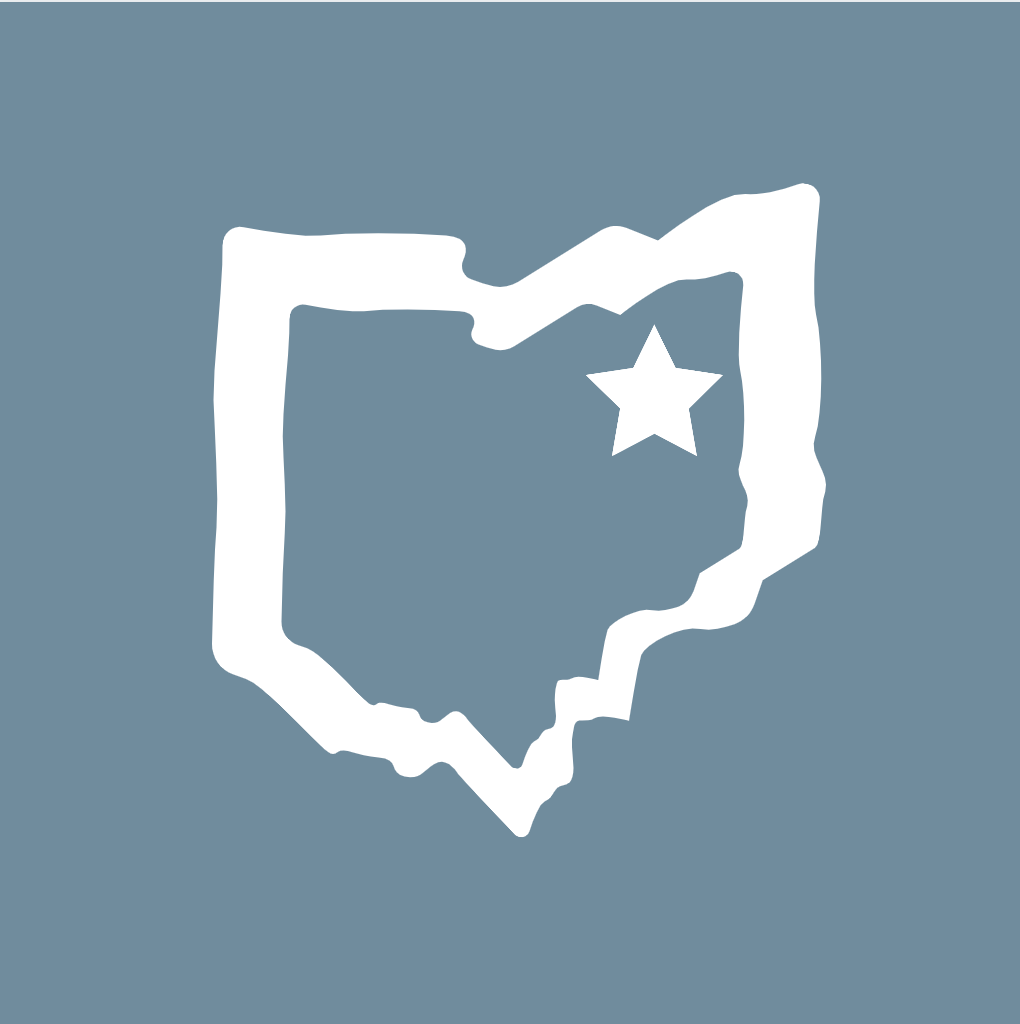Wooster’s Jewish Community
- Home
- Cultural and Religious Communities
- Exhibits
- Wooster’s Jewish Community
by Elisabeth Abell, revised by Glenna Van Dyke
While the number of Jewish residents in Wooster has decreased dramatically in the last few decades, the legacy of the Knesseth Israel Temple and large town names such as “Freedlander” and “Brenner” is immeasurable.
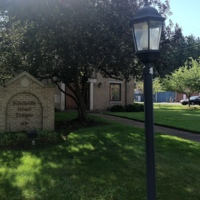
Early Jewish Residents
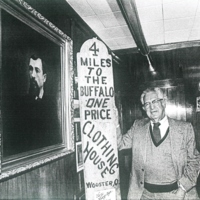
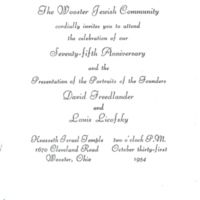
For years, Wooster locals believed that the first Jewish residents were David Freedlander and Louis Licofsky, who arrived in the 1880s. After the Knesseth Israel Temple was built in 1953, the congregation hailed these two men as “leaders of the Jewish Community in Wooster” at the temple’s commemoration. 1 However, Knesseth Israel Temple’s resident historian and researcher for the Wayne County Public Library’s Genealogy Department, Ed Abramson, believes differently. According to Abramson, the first Jewish resident was Abraham Greenbaum, a merchant who came to Wooster in 1841. 2 While Wooster had a Jewish community since the 1840s, it would take over a century for a synagogue to be built.
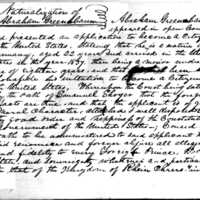
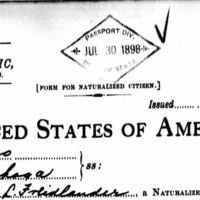
Founding the Knesseth Israel Temple
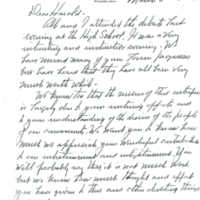
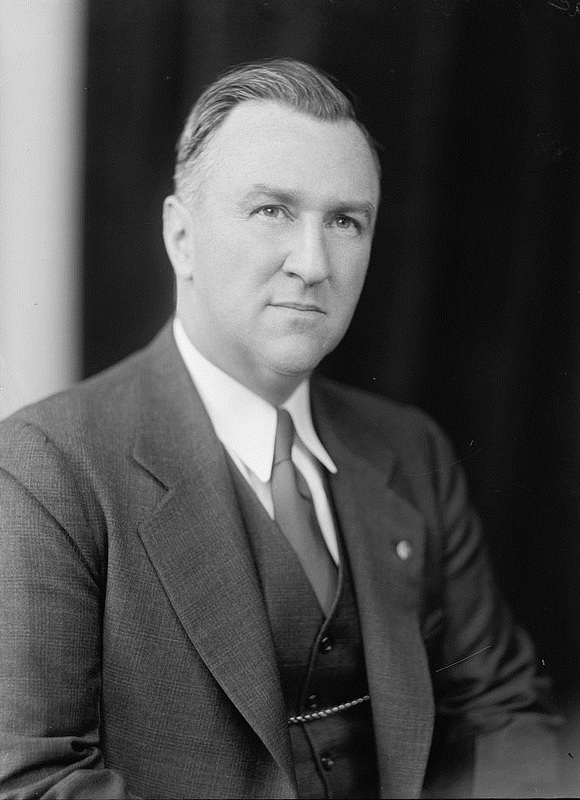
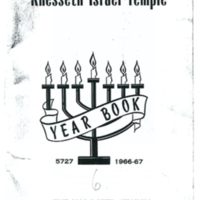
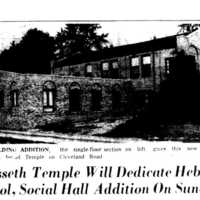
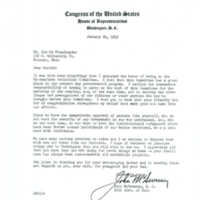
By the 1930s, the Jewish community in Wooster had grown to include over twenty families, including the Freedlanders and the Licofskys. In 1931, these families decided that they needed their own proper place to worship, after having conducted religious services in their houses for years.3 In 1950, the cornerstone for the Knesseth Israel Temple was finally placed. That day, democratic congressman John McSweeny, a friend of Harold Freedlander and a member of the House Un-American Activities Committee, spoke, saying “here in Wooster, the newly completed Church of Christ, and the new Temple represent the American Spirit of free men digging into free soil to further their spiritual end”. 4 The temple was completed in 1953, but the congregation grew so quickly that it needed to expand again in 1955.
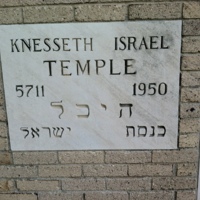
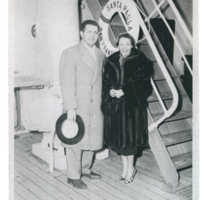
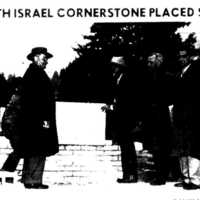
Wooster’s Jewish Community Today
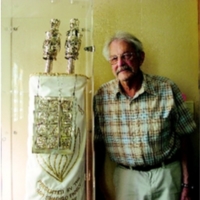

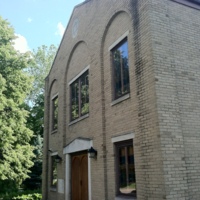
Today, Knesseth Israel Temple’s attendance has declined by at least 50% since the 1950s, according to local Jewish historian Ed Abramson. Why the rapid decline? The cause could be many factors, including the decline of Jewish-owned businesses downtown such as Freedlanders’ store, or growing Jewish communities in larger cities such as Cleveland and Columbus. In any case, the church’s teachings and demographics have changed greatly in recent years. According to the Temple’s website, the congregation was “originally Orthodox to accommodate the religious needs and tastes of many recent immigrants to the US [but now is a] comfortable comprise between Conservative and Reform practice and in the 1990’s affiliated as a Reconstructionist congregation” 5 Reconstructionist Jews are a small subset of the Jewish population, with about sixty thousand members, that emphasize Jewish culture and tradition over the divinity of god, far from the original Orthodox teachings.6 Today, Abramson believes that members of the Temple consider themselves equally part of the Wooster community and part of Wooster’s Jewish community. Wooster’s Jewish residents have been valued members of the community for over 140 years and their community is still thriving today.7
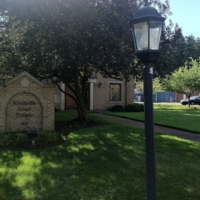

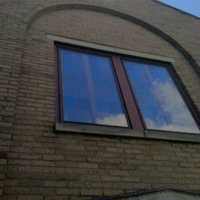
Sources
1 “Jewish Congregation WIll Honor Wooster Founders,” The Daily Record, October 29, 1954.
2 Linda Hall, “Knesseth Israel Temple Celebrates Past, Future,” The Daily Record, September 19, 2009.
3 Knesseth Israel Temple, “History,” accessed June 17, 2013, http:www.kitemple.org.
4 “Knesseth Israel Cornerstone Placed Sunday,” The Daily Record, September 15, 1950.
5 Knesseth Israel Temple, “History,” accessed June 17, 2013, www.kitemple.org.
6 Peter W. Williams, America’s Religions: From Their Origins to the Twenty-first Century, (Chicago: University of Illinois Press, 1990), 405.
7 Ed Abramson, interview by author, June 10, 2013.
How to cite this page:
MLA: “Wooster’s Jewish Community.” stories.woosterhistory.org, http://stories.woosterhistory.org/woosters-jewish-community/. Accessed [Today’s Date].
Chicago: “Wooster’s Jewish Community” stories.woosterhistory.org. http://stories.woosterhistory.org/woosters-jewish-community (accessed [Today’s Date]).
APA: (Year, Month Date). Wooster’s Jewish Community. stories.woosterhistory.org. http://stories.woosterhistory.org/woosters-jewish-community.
